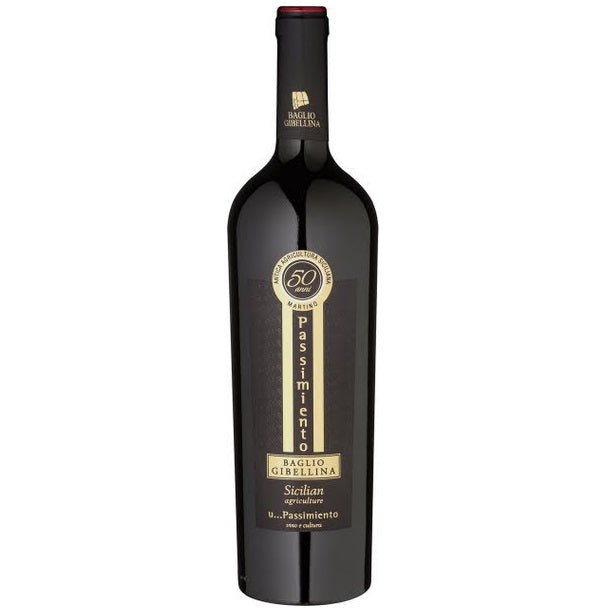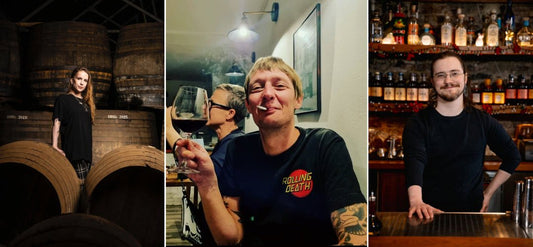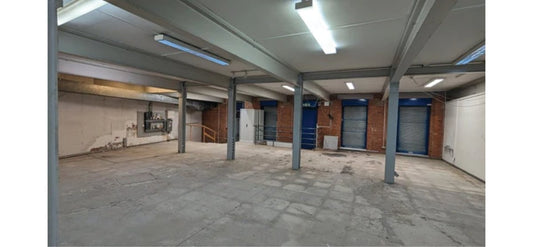Ein bier bitte!
Beer is something we’ve always stocked at Latitude, and thanks to the booming local brewing scene across Yorkshire we’ve been spoilt for choice over the years. Because of this we’ve always been reluctant to buy from further afield, given most of our products will cross at least one, if not many borders on the way to us. Having opened a bar without space for kegs and casks we wanted our beer to match our wine offering, and we had to look no further than Belgium & Germany. Brewing has long been embedded in the cultural and historical fabric of both Germany and Belgium, two countries renowned for their rich and distinctive brewing traditions.
German brewing is characterized by its variety of beer styles, including lagers such as Pilsner, Helles, Dunkel and wheat beers Schneider Weisse. The brewing culture in Germany is not just about the production of beer but also about the social aspect of beer consumption, with beer gardens and festivals playing a significant role in community life. Belgium is also known for its beer culture, which is deeply intertwined with its culinary traditions. Belgian beers are often paired with food, enhancing the dining experience and showcasing the versatility of beer as a beverage. In Germany and Belgium, monastic brewing is particularly significant. In Germany, the Benedictine and Cistercian orders were known for their brewing expertise, with monasteries like Weihenstephan and Andechs becoming renowned for their beer production. In Belgium, Trappist monasteries such as Chimay & Orval have gained fame for their distinctive and highly sought-after beers, which are still brewed according to the traditional methods today.
GERMANY
 Augustiner Hell
Augustiner HellIt was on hiatus for a good six months but returned to us in the new year. The reason for it absense was simply because it was so popular they sold out of the entire vintage. That speaks wonders. This funky boi is a blend of Riesling, Grüner Veltliner, Gewürztraminer and Muscat. Skin contact after pressing gives this orange wine more time to extract flavours of ginger, white pepper and manderin from the must.
 Ayinger Kellerbier
Ayinger Kellerbier
This nostalgic beer specialty, which can be confidently ranked among the traditional old Bavarian beers, is brewed in commemoration of the good old times and in honor of the brewery's founder, Johann Liebhard. The special feature of the 'Kellerbier' is the fine yeasty cloudiness and the pleasantly bitter taste. As it is bottled unfiltered, many of the natural protein, yeast and hop elements remain contained in the beer. It consequently retains its original character and the beer connoisseur can appreciate the fullness of taste that this very drinkable beer offers.
 Flensburger Pilsner
Flensburger Pilsner
As Germany’s most northerly brewery brewery, Flensburger are closer to Copenhagen’s innovative beer scene than they are to the beer halls of Munich and Germany’s brewing heartland. The brewery even draws water from a well that’s fed by an Ice Age spring flowing from Scandinavia. Their coastal grown barley is buffeted by Baltic winds, not Bavarian breezes. A crisp, dry, hoppy pilsener style of beer typical of northern Germany. Light and easy to drink.
 Schneider Weisse
Schneider Weisse
A rich and full bodied wheat beer, with an amber-mahogany coloring and streaked with fine top-fermenting yeast, this beer has a fine, persistent head that adheres well to the glass. A uniquely satisfying experience, very full flavoured and spicy. When it comes to wheat beer, there is no brewery more significant than Schneider Weisse. Still owned and managed by the Schneider family, they enjoy a rare combination of historical importance and progressive ‘craft’ credentials considered practically heretical by Bavarian traditionalists.
BELGIUM
 Boon Lambeek
Boon Lambeek
For the Kriek, Boon uses old and young lambic beer that has aged in oak casks. When the lambic is 6 months old, they add 25% black cherries. The cherries and young lambic create a red beer that is both natural and fresh, with an absolutely unforgettable sweet and sour taste. This is kriek as it should be, with nothing but real cherries and lambic.
Oude Geuze Boon is a blend of 90% mild 18 month-old lambic, 5% strong 3 year-old beer and 5% very young lambic, which provides fermentable sugars and wild yeasts. Taste carefully and you will uncover a fruity grapefruit and ginger flavour with a hint of Muscat grapes. You'll be pleasantly surprised by the wholehearted body and the sublime finish - an explosion of Germanic and Romance cultures.
 Brasserie Dupont
Brasserie Dupont
Saison beers are Wallonian. They originate from the days when they were unable to brew in the summer months as they were unable to control the fermentation as a result a beer in the spring which was packed with hops and fully attenuated. Saison was originally a yeasty beer made in small farmhouse breweries mainly in the winter for summer drinking. Strong and crisp, herbal. As with Saison beers it is packed with hops and fully attenuated resulting in a beer with lots of flavour whilst being crisp and dry.
 Brugse Zot
Brugse Zot
An important beer in a nation of important beers, Brugse Zot has been a family affair since 1865. The beer is the preserve of the renowned De Halve Maan brewery, the only brewery in Bruges, the beautiful and historic capital of West Flanders. That makes Brugse Zot the city’s ‘Townbeer’, and luckily it fulfils its role admirably. Golden blond beer with a rich froth and a fruity flavouring. The beer is brewed with four different kinds of malt and two aromatic varieties of hop which give the beer its unique taste.
 Delirium
Delirium
Delirium is hard to miss. All you have to do is follow the pink elephant. If that all sounds a bit Alice in Wonderland, then you’ll be pleased to know the beers are as wild and wonderful as their idiosyncratic image implies. A cult beer of Belgium, a strong golden ale with fine and regular effervesce to ensure a fine and stable head. Slightly malty with a nice touch of alcohol to ignite the mouth. The taste is characterized by its roundness. The aftertaste is strong, long-lasting and dry bitter.
 Orval
Orval
The monks of Orval Abbey only make two beers, one of which never makes it outside the brewery walls. The other, Orval’s complex, unfiltered Trappist ale, is about as close as you can come to a lowlands cult classic, famous for the ‘Belgian Lace’ of beautiful microbubbles left on the glass as its frothy amber head recedes. Distictive in it's skittle shaped bottle, Orval is a very dry, herby beer which is ideal as an aperitif and characterised by a bouquet of fresh hops, with a fruity note and pronounced bitterness.
 St Bernardus
St Bernardus






